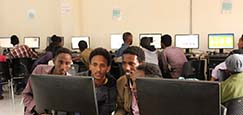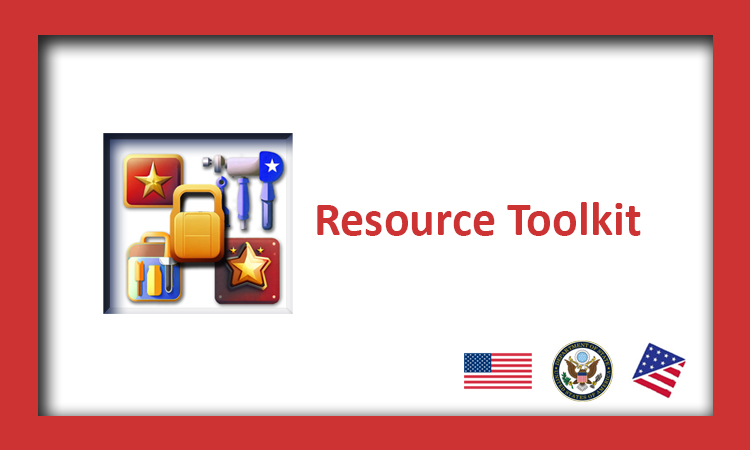ARTIFICIAL INTELLIGENCE
PROGRAM TOOLKIT FOR AMERICAN SPACES
This program toolkit is designed for programming at American Spaces to raise awareness of artificial intelligence and its potential for the future.
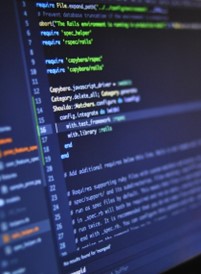

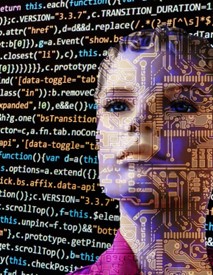
WHAT IS ARTIFICIAL INTELLIGENCE (AI)?
Artificial intelligence is defined as the ability of machines to perform tasks that normally require human intelligence. It is typically understood as an automated system capable of analyzing data and making choices autonomously.
The rapid progress in the development of AI technologies has many potential benefits, including the creation of new industries, job opportunities, and increased productivity.
While the impact of AI on jobs is uncertain, some fear that automation and other technical advances will eliminate more jobs than they create.
The U.S. government is working to promote AI technology and innovation, as well as promote responsible use of AI in the United States and around the world.
HELPFUL DEFINITIONS
- The Internet of Things: describes the network of physical objects (things) that are embedded with sensors, software, and other technologies for the purpose of connecting and exchanging data with other internet systems.
- Chatbox or Bot: is a computer program that simulates human conversation through voice commands or text chats or both.
- Algorithm: The step-by-step method that a computer uses to complete each task. Since a computer understands numbers best, the steps are put together as mathematical equations.
- Machine Learning: an application of artificial intelligence that provides systems the ability to automatically learn and improve from experience without being explicitly programmed.
- Cognitive Science: A discipline that examines the various processes of the human brain such as linguistics, information processing, and decision making to discover more about cognition.
- Deep Learning: is an artificial intelligence function that imitates the workings of the human brain in processing data and creating patterns for use in decision making.
- Expert System: A computer system that models the decision- making ability of a human expert. Expert systems are rule-based and normally use “if-then” statements.
IMPACT OF AI ON WORKERS
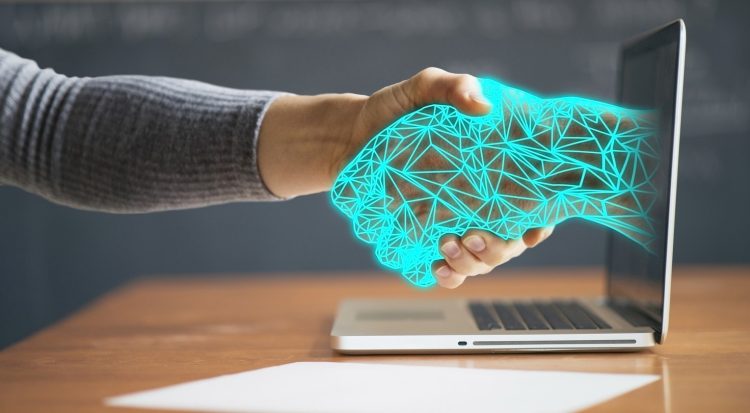
This VOA News Report discusses the growing use of AI and how automation in workplaces is creating both challenges and benefits for businesses, institutions, and the government.
DOCUMENTARY
In the Age of AI
Duration: 1 hr and 53 min AmSpaces Discussion Guide PBS FRONTLINE investigates the promise and peril of AI.
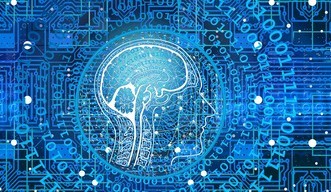
RESOURCES
- Coursera Class: AI is not just for engineers! Use this online course to further your knowledge about AI.
- The Brookings Institution: Glossary of Artificial Intelligence Terms
ADDITIONAL READING
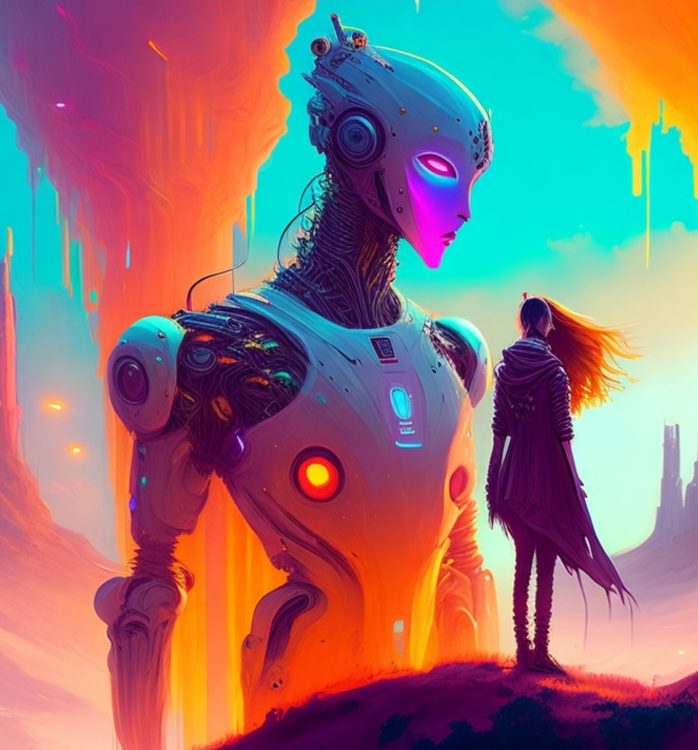
DISCUSSION QUESTIONS
- What devices that use AI, such as smartphones, do you use in your daily life? How have they changed how you live your life?
- In your opinion, how could AI affect your life in the future?
- Many fear that AI will eliminate more jobs than it will create through automation and other technological advances.
- Have you seen any effects, either positive or negative, of AI on job growth in your society?
- It has been said that artificial intelligence can help us overcome the limitations of our own minds – what do you think the speaker meant by this?
- How is your society incorporating AI?
- Is AI simply another technological development like flight or something more transformational for society?
IMPACT OF AI ACTIVITY
- Introduce the topic with VOA News Report on AI and read the ShareAmerica article.
- Divide the participants into groups and have them come up with examples of how AI could impact their society.
- Discuss the below examples.
- Ask the group how AI could impact education. Encourage the group to conduct research on the internet.
Examples of AI Impact on Society
- Healthcare: Artificial Intelligence has enormous potential to advance healthcare, accelerate medical research, and support the health and wellbeing of people around the world.
- Self-Driving Vehicles: The development and deployment of automated vehicles (AV), has the potential to reduce the number and severity of serious automobile crashes. Over 90 percent of these crashes are due to human error.
- Agriculture: AI can boost productivity and efficiency by more closely monitoring soil quality, precipitation, and erosion, as well as running predictive analysis for changes in weather patterns, soil erosion, and pest infestation.
- Voice Assistants: For many people, their main interaction with AI is through ubiquitous voice assistants. In many cases, being able to control computers and devices by voice is a positive thing. However, there are potential consequences, such as invasion of privacy.
- Vital Tasks: AI assistants may help individuals, especially the elderly manage their own homes. For example, AI tools could monitor the freshness of foodstuffs, assist in medical diagnosis, safely reach objects on high shelves, and monitor movement in a home.
The U.S. government cannot endorse any one project. With that in mind, the ongoing list of AI technologies below does not include brand names and uses only general terms in the title of each product. We hope that with this list, you will be able to discover and experiment responsibly with AI technologies that meet your needs.
- Facial recognition
- Object recognition
- Automated driving
- Convert text to image generators
- The list of text to image generators is growing every day. As of May 2024, there were 8; however, programmers can use popular programming languages like Python to create their own.
- Interact with ChatBots
- There are a few thousand different AI-powered chatbots on the market. A chatbot simulates conversation with human users. Some have been pretrained such as Generative Pretrained Transformations (GPT), which, when used correctly, have the ability to increase productivity in article writing, reports, and other “white-collar” activities.
- Writing Assistants fall into this category also, Writing assistants can translate into various languages; write according to the desired tone, length, and format; auto-correct text; auto-complete text; and other writing tasks.
- Convert audio to text
- Convert text to audio
- Create videos from text, images, or other videos.
- Create music from text
- Create songs from text
- Create poetry
- Match sounds and music to videos
- Enhance blurred images
- Convert point cloud systems, for example those generated by LiDAR, to 3D models
- Write computer code, lesson plans, marketing campaigns, business plans, social media posts and plans, etc.
- Sentiment analysis of text (Natual Language Processing)
- Analyze the true nature of the universe
- Sketch to art (takes physical sketches and makes them into computer generated art)
- Create presentation decks
- Create one-pagers, landing pages, portfolios, mood boards, and other content
- Analyze user-developed code in applications such as video effects applications.
- Create 3D from 2D images
- Generate voices for a story
- Make calls on behalf of users
- Automate copy and paste for data entry (using images, PDFs, and handwriting images, etc.)
- Generate new video content
- Translate audio from a known voice profile into another language using the same voice profile (pitch, tone, waveform)
- Create music using voice clones
- Deep fake (placing a new face on existing videos)
- Help design home interiors based on existing images and using text to create new interior designs
- Create a timeline of historic events graphically
- Develop websites
- Summarize videos
- Shrink down long-format videos into smaller videos
- Create and manage workflows
- Create alt text for images (used for 508 compliance)
- Speak to an AI assistant and show them live video while asking questions. The AI is able to recognize objects and talk about them and even tell the user about odd observances (such as objects) in the room.
The views expressed in these resources do not necessarily represent those of the U.S. government. Most text in this toolkit was generated by AI. All images were generated by AI.
Updated April 2025








